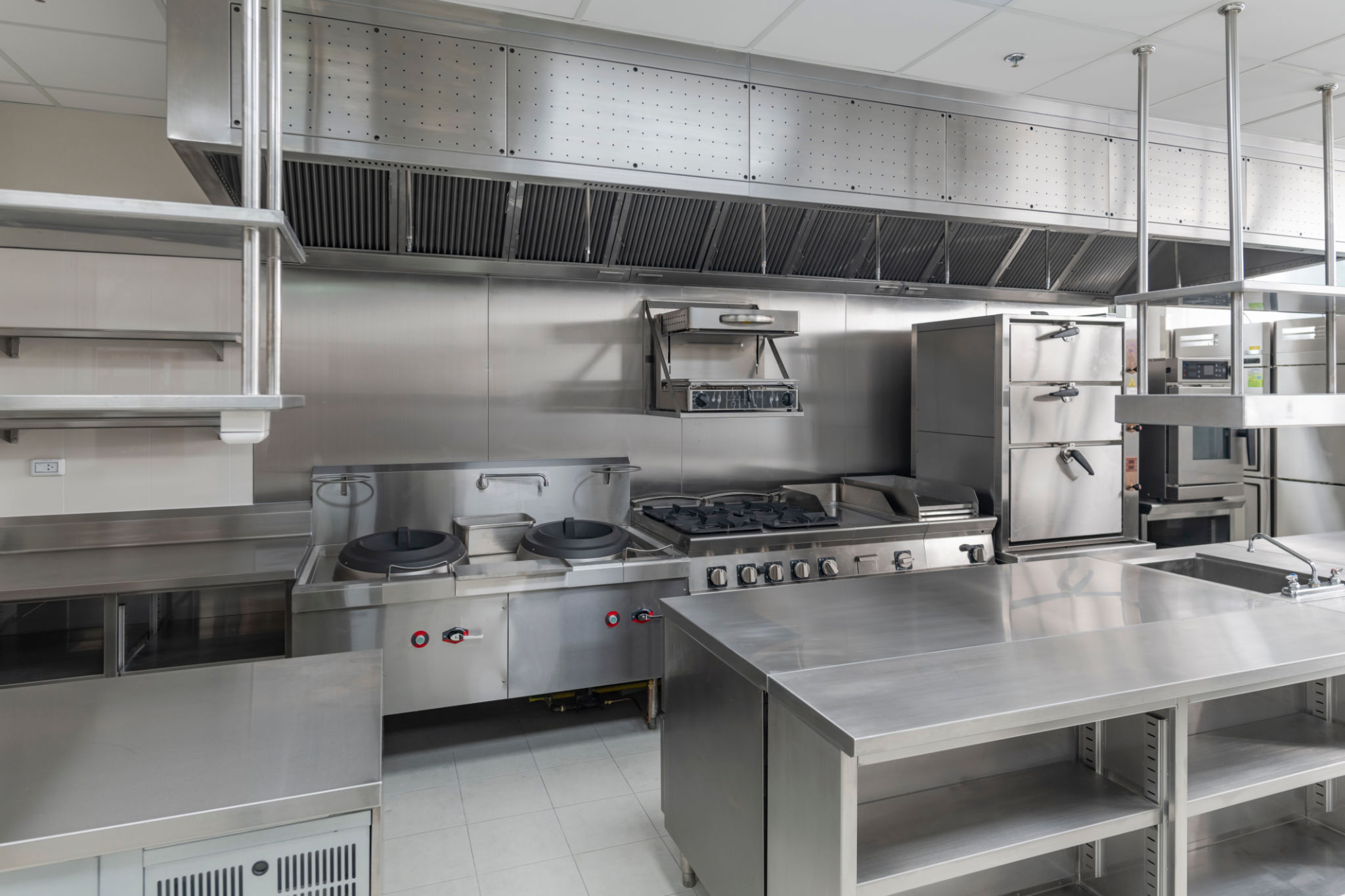Kitchen Suppression Systems: Protecting Your Surrey Restaurant from Fire Hazards
Understanding Kitchen Suppression Systems
In the bustling atmosphere of a Surrey restaurant, the risk of a kitchen fire is a constant concern. Kitchen suppression systems are essential safety installations designed to detect and extinguish fires at their inception, minimizing damage and ensuring the safety of both staff and patrons. Understanding how these systems work is crucial for any restaurant owner.

These systems typically involve a combination of fire detectors, nozzles, and suppression agents. Upon detecting a fire, the system releases a specially formulated agent that suppresses flames, cools hot surfaces, and prevents re-ignition. This immediate response is vital in preventing potentially devastating losses.
Why Your Surrey Restaurant Needs a Suppression System
Surrey's vibrant culinary scene means that kitchens are often operating at full capacity, increasing the likelihood of accidents. A kitchen suppression system provides peace of mind by offering continuous protection against fire hazards, allowing you to focus on what you do best — serving delicious food.
Moreover, having a suppression system installed can be a prerequisite for insurance coverage. Many insurers require restaurants to have these systems in place to qualify for comprehensive policies. This not only protects your investment but also ensures compliance with local safety regulations.
Key Components of Kitchen Fire Suppression Systems
Understanding the components of a kitchen fire suppression system can help you make informed decisions about installation and maintenance. Here are the key elements:
- Detection Mechanisms: These include heat sensors or fusible links that activate the system when temperatures rise beyond a safe threshold.
- Suppression Agents: Common agents include wet chemicals that effectively extinguish fires by saponification — converting cooking oils into soap.
- Nozzle Placement: Strategically positioned nozzles ensure coverage over critical areas such as cooking surfaces and exhaust hoods.

Maintenance and Regular Inspections
Routine maintenance and inspections are vital to ensuring that your kitchen suppression system functions effectively at all times. It is recommended to schedule inspections at least twice a year, conducted by certified professionals who can identify potential issues and perform necessary repairs or replacements.
During inspections, technicians will check the condition of the nozzles, ensure that the suppression agent levels are adequate, and test the detection mechanisms. Keeping detailed records of these inspections can also help in maintaining compliance with fire safety regulations.
Choosing the Right System for Your Restaurant
Selecting the appropriate suppression system depends on various factors such as the size of your kitchen, the type of appliances used, and specific fire risks associated with your menu. Consulting with a professional can assist in tailoring a solution that meets your unique needs.

Additionally, consider systems that offer easy integration with existing alarm systems and that provide automated notifications to emergency services. This can significantly enhance your overall fire response strategy.
The Cost-Benefit Analysis
While the initial investment in a kitchen suppression system might seem substantial, it is crucial to consider the long-term benefits. The cost of recovering from a kitchen fire — including property damage, business interruption, and loss of reputation — far outweighs the expense of installation and maintenance.
A suppression system not only protects your assets but also demonstrates your commitment to safety, which can be a valuable selling point to customers who prioritize dining in secure environments.
Conclusion: Prioritize Safety in Your Restaurant
In conclusion, investing in a kitchen suppression system is an essential step toward safeguarding your Surrey restaurant against fire hazards. By prioritizing safety and compliance, you ensure that your establishment remains a cherished part of the community, known for its quality food and commitment to customer well-being.
